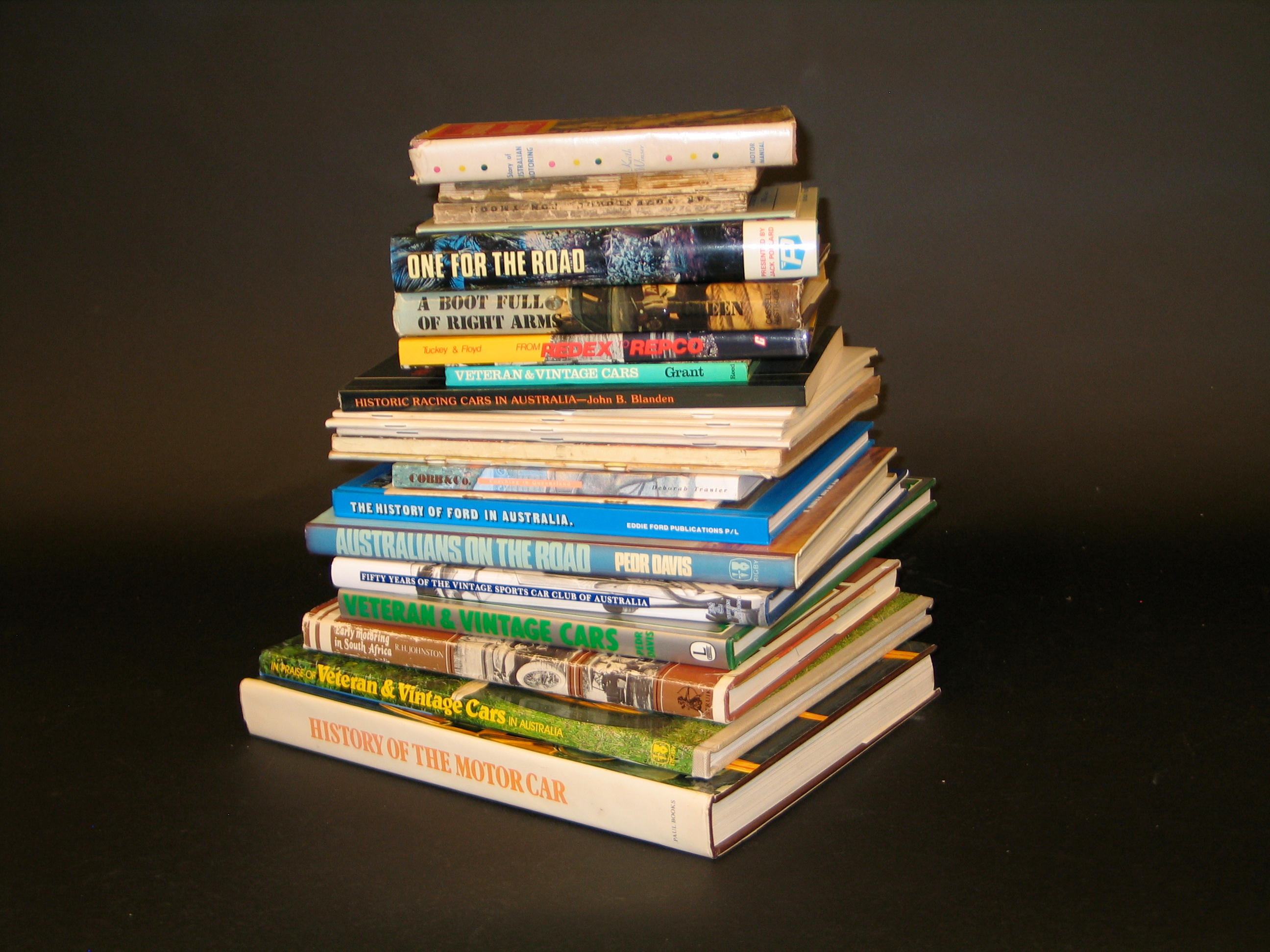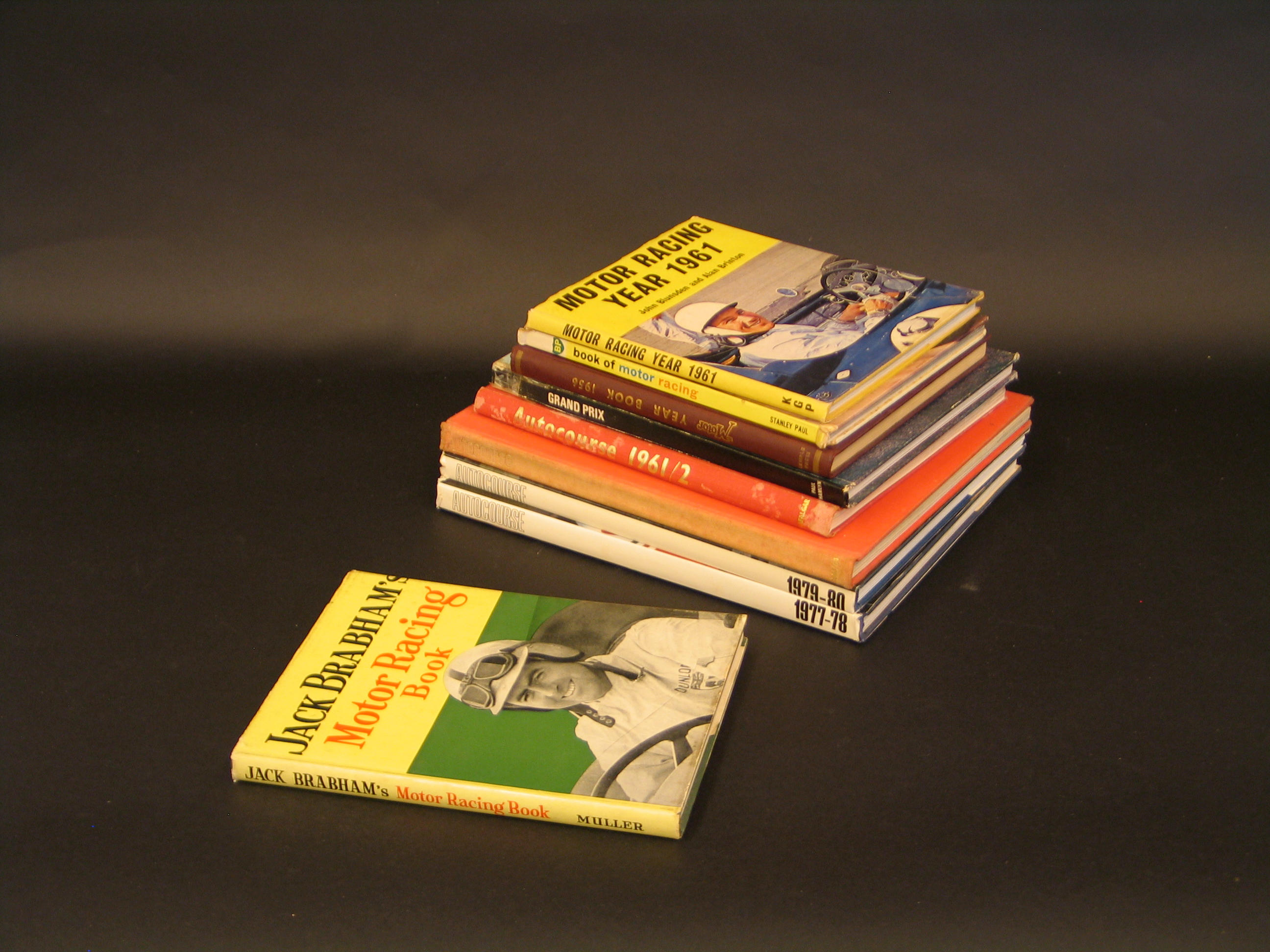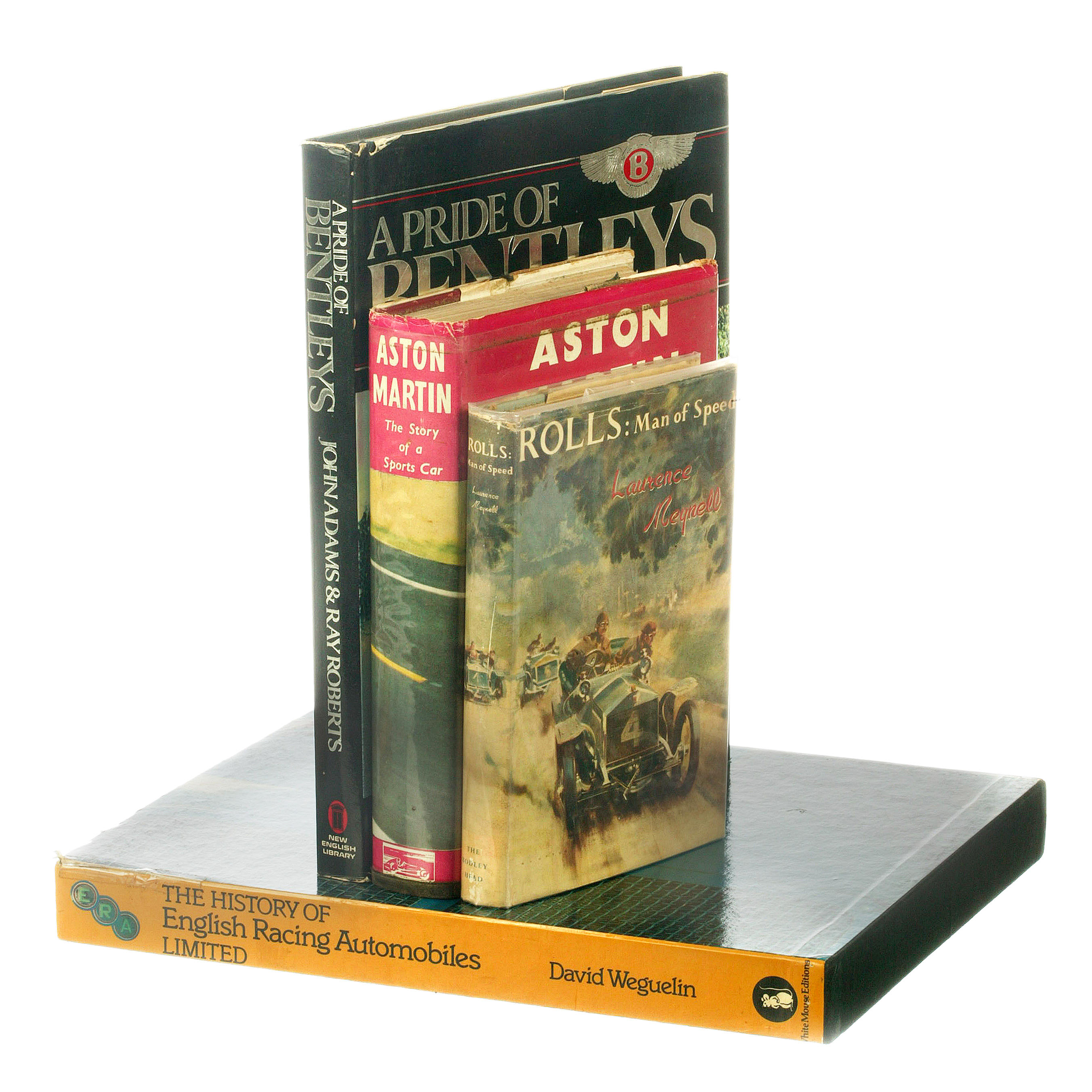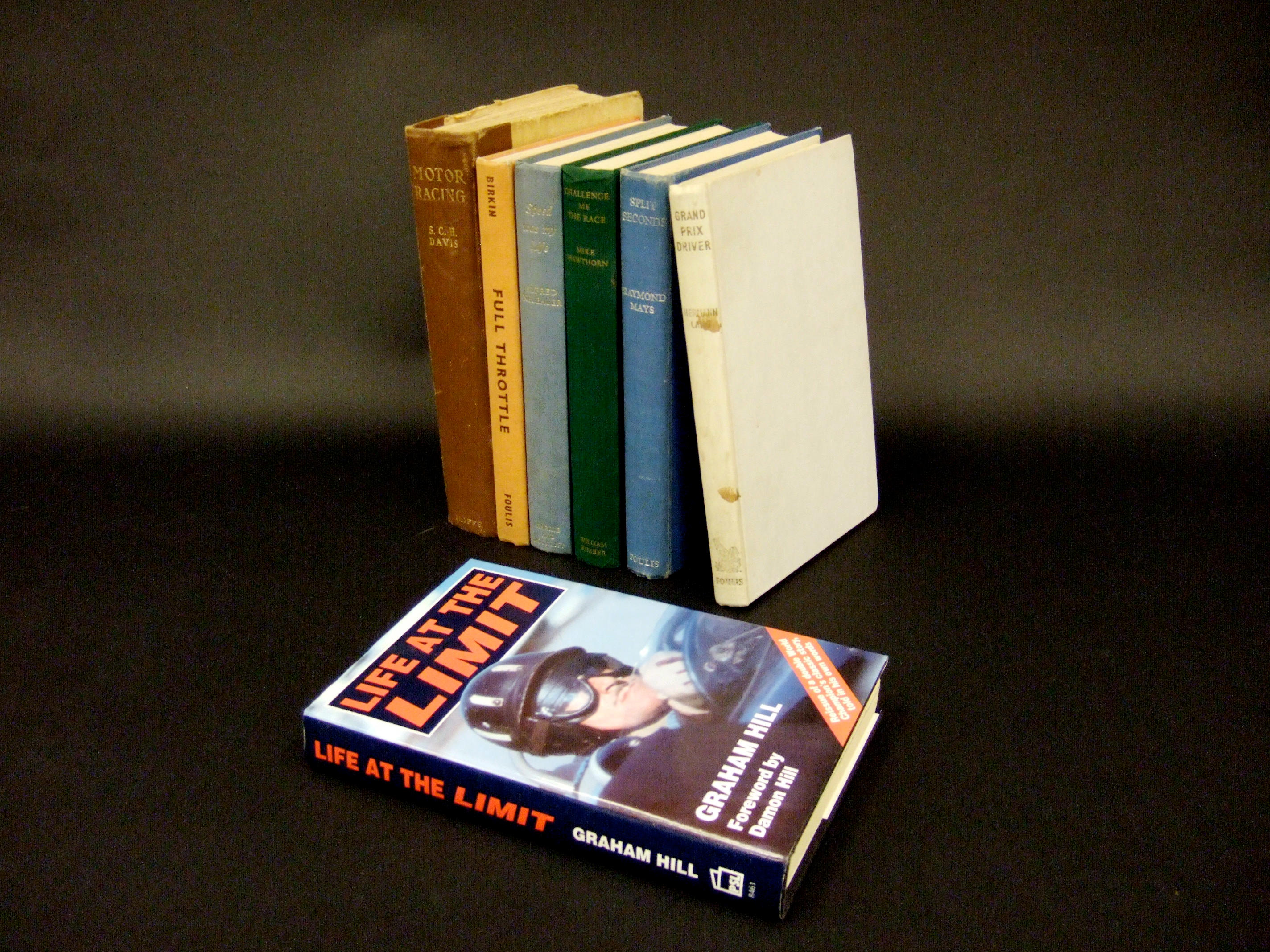John Marston Limited's first Sunbeam production car, a De Dion-engined voiturette, was sold in 1901, but it was not until 1907, two years after the Sunbeam Motor Car Company had been formed, that the firm produced its first all-British model, the 16/20. The arrival of designer Louis Coatalen in 1909 and the pursuit of an effective competition programme enabled Sunbeam to establish a formidable reputation prior to WWI, its superbly made products enjoying a reputation rivalling that of the best from Alvis and Bentley thereafter. Introduced in 1926 and priced at £750, the first 20hp Sunbeam enjoyed a production life of six years, being superseded by a new Twenty in 1933. The first Twenty featured a massively built chassis frame sprung by all-round semi-elliptics and was powered initially by a 2,916cc overhead-valve 'six, derived from that of the earlier 14/40hp, which shared bore/stroke dimensions of 75x110mm with the famous 3-litre twin-cam Super Sports. The model's RAC rating was 20.9 hp and it is commonly referred to as such, although the nomenclature '20/70hp' is often used here in Australia. Of monobloc design, with camshaft driven off the front of the four-main-bearing crankshaft, the engine was fed by a Claudel Hobson carburettor mounted on the off-side while the auxiliaries, including water pump, dynamo and magneto, sat on the near-side. The right-hand change gearbox incorporated four forward speeds and reverse gear, with 'torque tube' drive to the rear axle. The 20.9's brakes were operated via a rod and cable system while the suspension was typical of the day, with half-elliptic springs at the front and cantilever springs at the rear. According to Bruce Dowell's authoritative book, Sunbeam: The Supreme Car, no more than 2,550 20.9hp models would have been made up to 1930, although the true production figure is not known for certain. Nevertheless, it is known that Sunbeam produced 2,288 cars in 1927, the highest total for any year in the inter-war period and an indication of how well the range was received by the general public. The lion's share of production was taken up by the smaller 16hp and mid-range 20hp cars, with the more expensive models being produced in comparatively limited numbers, each of which was completed with bodywork to the customer's personal requirements. Sunbeam's own coachbuilding division was highly regarded, producing bodywork in a wide variety of styles and always to the highest standards. Open tourer bodies, as found on the car offered here, were built to the Weymann principle, with fabric covering the lightweight timber framework. This Sunbeam was featured in the December 2005 edition of Australian Classic Cars magazine, in which the current owner relates how the car was left to him by a family friend earlier that year. According to family lore, the Sunbeam had been purchased new in 1928 by the friend's father, Mr Lee Smith, the then General Manager of the Colonial Sugar Refinery based in Pyrmont, Sydney, whose name appears in the original handbook that accompanies it. The local agents were Williams, Hill & Cameron Ltd, of Flinders Street, Sydney. The Sunbeam remains in remarkably original condition apart from the front and rear seats, which were re-trimmed in vinyl sometime in the 1950s, a replacement hood and new timber floors and running boards. All major components, including the engine, appear to be original. From 1984 the car was stored on blocks in Mount Wilson, west of Sydney, the engine being turned over regularly and the tyres kept inflated. At the time of cataloguing, the Sunbeam started and drove well apart from some noise from the differential (a spare will be included in the sale). The original Sunbeam bodywork retains the maker's plates and survives in generally excellent condition, exhibiting very little flex. Contained within the accompanying history file are the original handbook and workshop manual; the owner's logbook meticulously recording maintenance and mileage; and numer
John Marston Limited's first Sunbeam production car, a De Dion-engined voiturette, was sold in 1901, but it was not until 1907, two years after the Sunbeam Motor Car Company had been formed, that the firm produced its first all-British model, the 16/20. The arrival of designer Louis Coatalen in 1909 and the pursuit of an effective competition programme enabled Sunbeam to establish a formidable reputation prior to WWI, its superbly made products enjoying a reputation rivalling that of the best from Alvis and Bentley thereafter. Introduced in 1926 and priced at £750, the first 20hp Sunbeam enjoyed a production life of six years, being superseded by a new Twenty in 1933. The first Twenty featured a massively built chassis frame sprung by all-round semi-elliptics and was powered initially by a 2,916cc overhead-valve 'six, derived from that of the earlier 14/40hp, which shared bore/stroke dimensions of 75x110mm with the famous 3-litre twin-cam Super Sports. The model's RAC rating was 20.9 hp and it is commonly referred to as such, although the nomenclature '20/70hp' is often used here in Australia. Of monobloc design, with camshaft driven off the front of the four-main-bearing crankshaft, the engine was fed by a Claudel Hobson carburettor mounted on the off-side while the auxiliaries, including water pump, dynamo and magneto, sat on the near-side. The right-hand change gearbox incorporated four forward speeds and reverse gear, with 'torque tube' drive to the rear axle. The 20.9's brakes were operated via a rod and cable system while the suspension was typical of the day, with half-elliptic springs at the front and cantilever springs at the rear. According to Bruce Dowell's authoritative book, Sunbeam: The Supreme Car, no more than 2,550 20.9hp models would have been made up to 1930, although the true production figure is not known for certain. Nevertheless, it is known that Sunbeam produced 2,288 cars in 1927, the highest total for any year in the inter-war period and an indication of how well the range was received by the general public. The lion's share of production was taken up by the smaller 16hp and mid-range 20hp cars, with the more expensive models being produced in comparatively limited numbers, each of which was completed with bodywork to the customer's personal requirements. Sunbeam's own coachbuilding division was highly regarded, producing bodywork in a wide variety of styles and always to the highest standards. Open tourer bodies, as found on the car offered here, were built to the Weymann principle, with fabric covering the lightweight timber framework. This Sunbeam was featured in the December 2005 edition of Australian Classic Cars magazine, in which the current owner relates how the car was left to him by a family friend earlier that year. According to family lore, the Sunbeam had been purchased new in 1928 by the friend's father, Mr Lee Smith, the then General Manager of the Colonial Sugar Refinery based in Pyrmont, Sydney, whose name appears in the original handbook that accompanies it. The local agents were Williams, Hill & Cameron Ltd, of Flinders Street, Sydney. The Sunbeam remains in remarkably original condition apart from the front and rear seats, which were re-trimmed in vinyl sometime in the 1950s, a replacement hood and new timber floors and running boards. All major components, including the engine, appear to be original. From 1984 the car was stored on blocks in Mount Wilson, west of Sydney, the engine being turned over regularly and the tyres kept inflated. At the time of cataloguing, the Sunbeam started and drove well apart from some noise from the differential (a spare will be included in the sale). The original Sunbeam bodywork retains the maker's plates and survives in generally excellent condition, exhibiting very little flex. Contained within the accompanying history file are the original handbook and workshop manual; the owner's logbook meticulously recording maintenance and mileage; and numer















Testen Sie LotSearch und seine Premium-Features 7 Tage - ohne Kosten!
Lassen Sie sich automatisch über neue Objekte in kommenden Auktionen benachrichtigen.
Suchauftrag anlegen